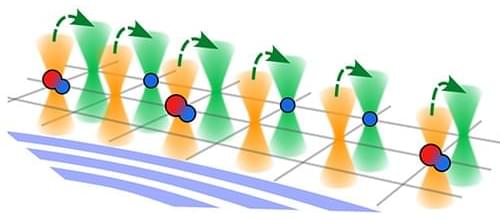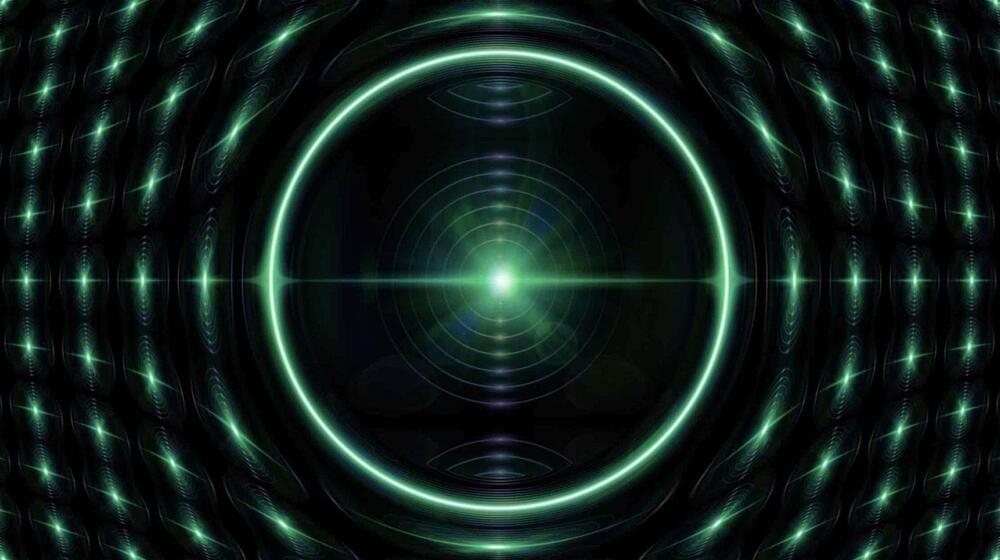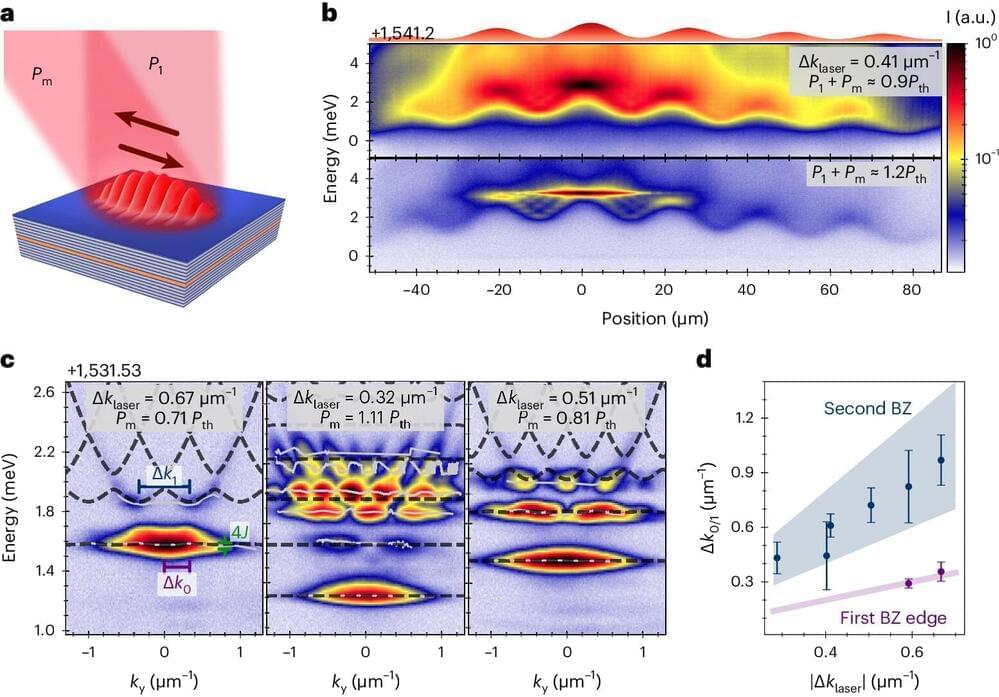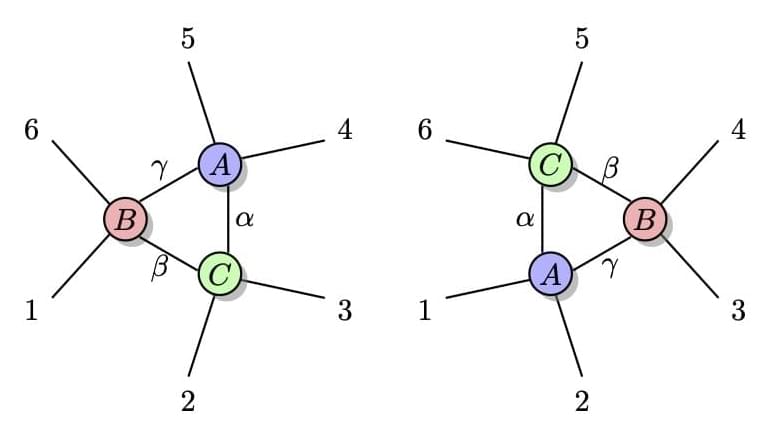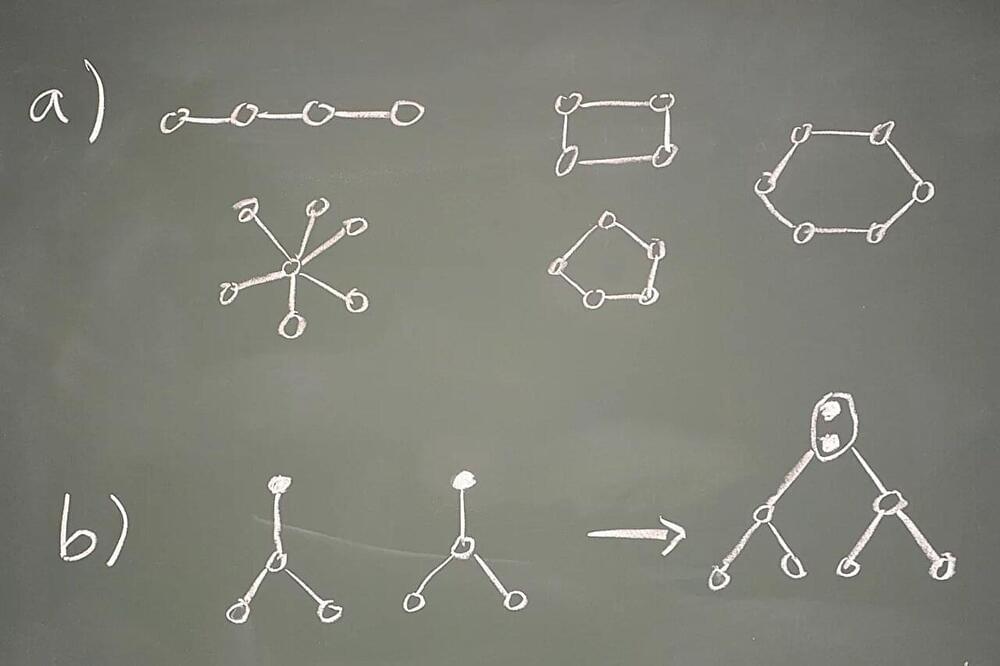In its superconducting state, an exotic metal harbors charge carriers that appear to have 4 and 6 times the charge of a single electron, suggesting the formation of Cooper-pair “molecules.”
A kagome crystal features two-dimensional atomic layers whose structure resembles a traditional Japanese basket weave called kagome. For several decades, the kagome crystals that attracted the most attention were insulating magnets. The geometric frustration inherent in their kagome structure could, it was hoped, engender a much-sought exotic state known as a quantum spin liquid. By contrast, the metallic side of the kagome family was more of a theoretical curiosity. That status changed in 2019 with the discovery of exotic electronic behavior—Dirac fermions and flat bands—in the kagome metal FeSn [1]. A bigger surprise followed a year later when superconductivity was observed in the kagome metal cesium vanadium antimonide (CsV3Sb5, or CVS for short) [2].

